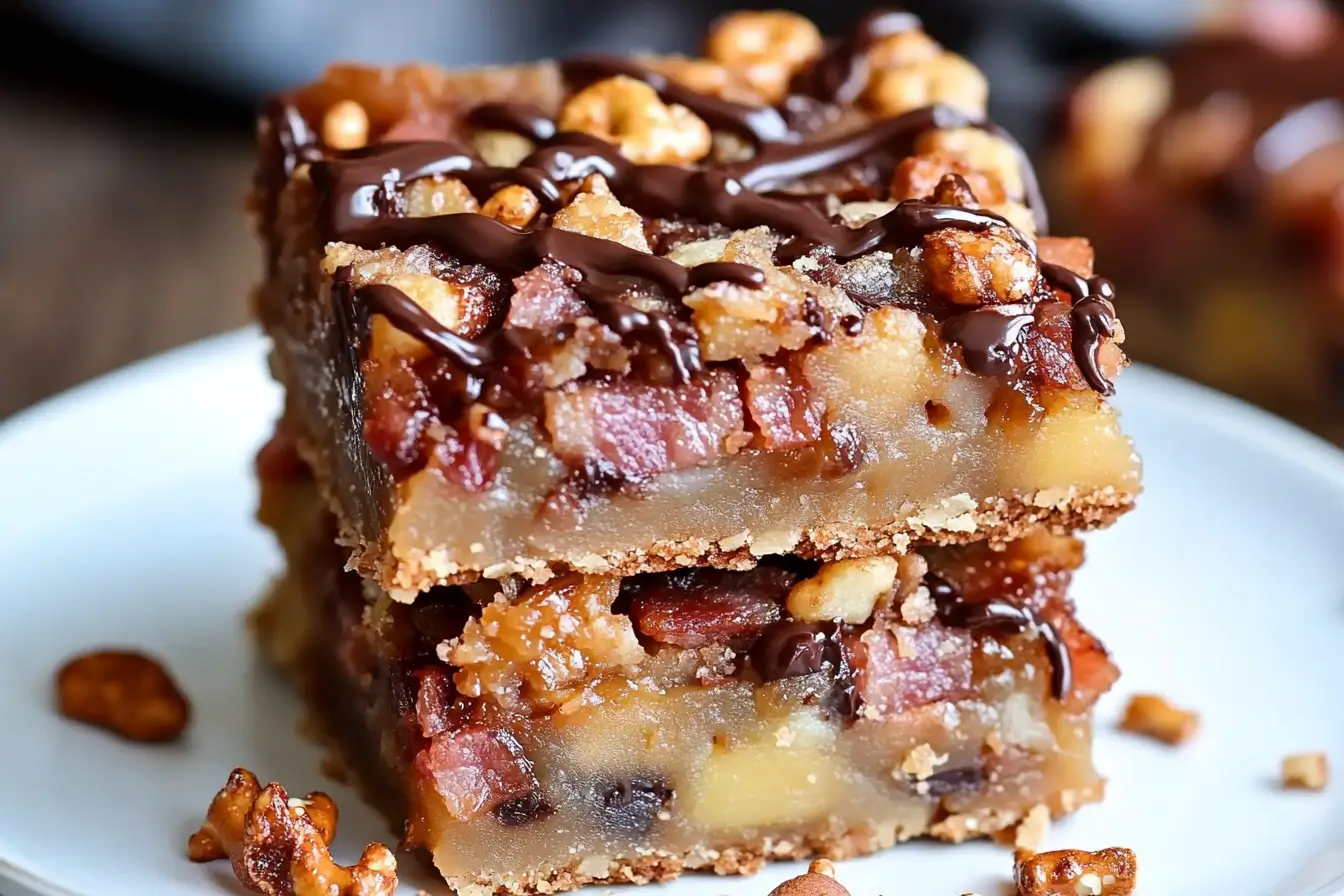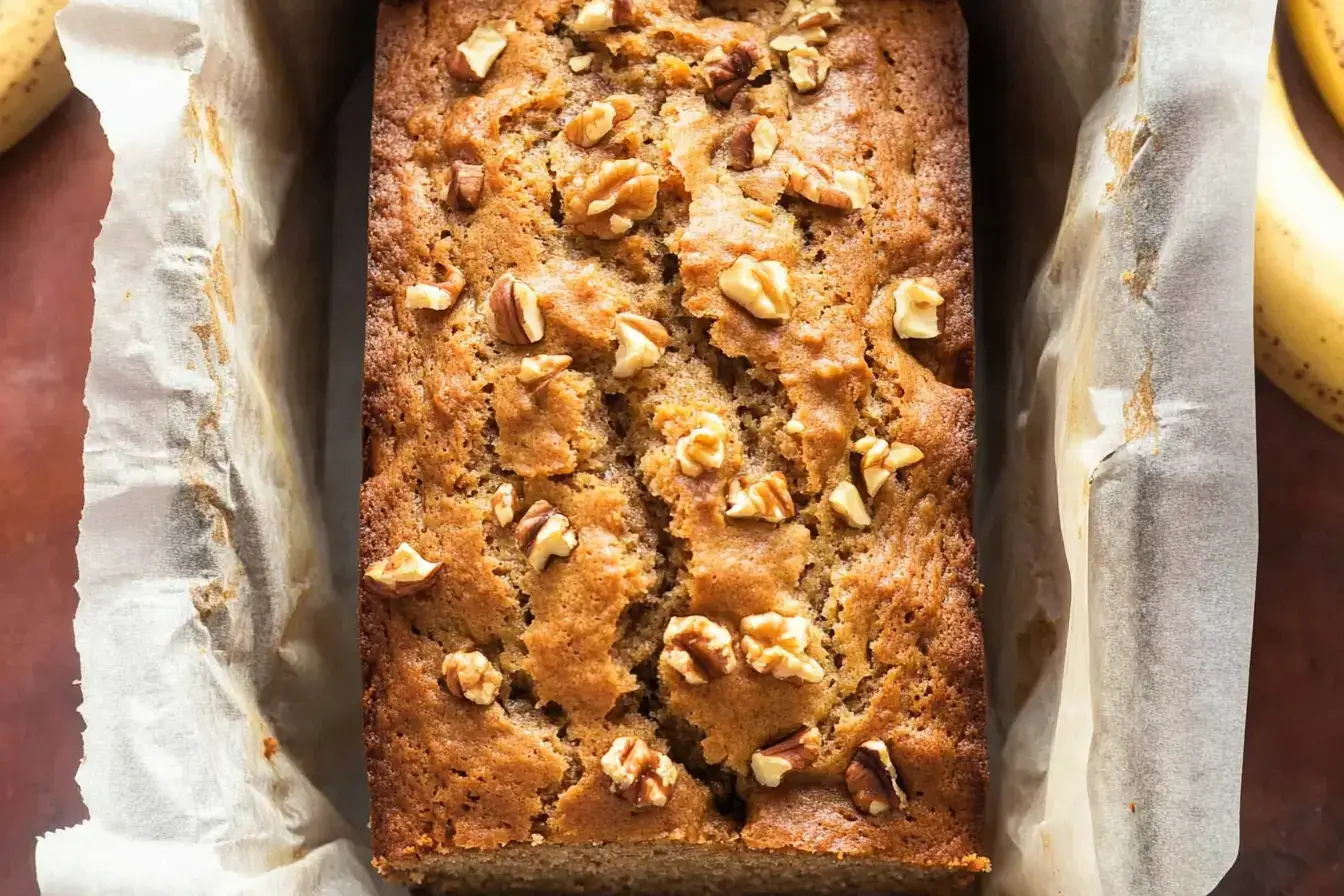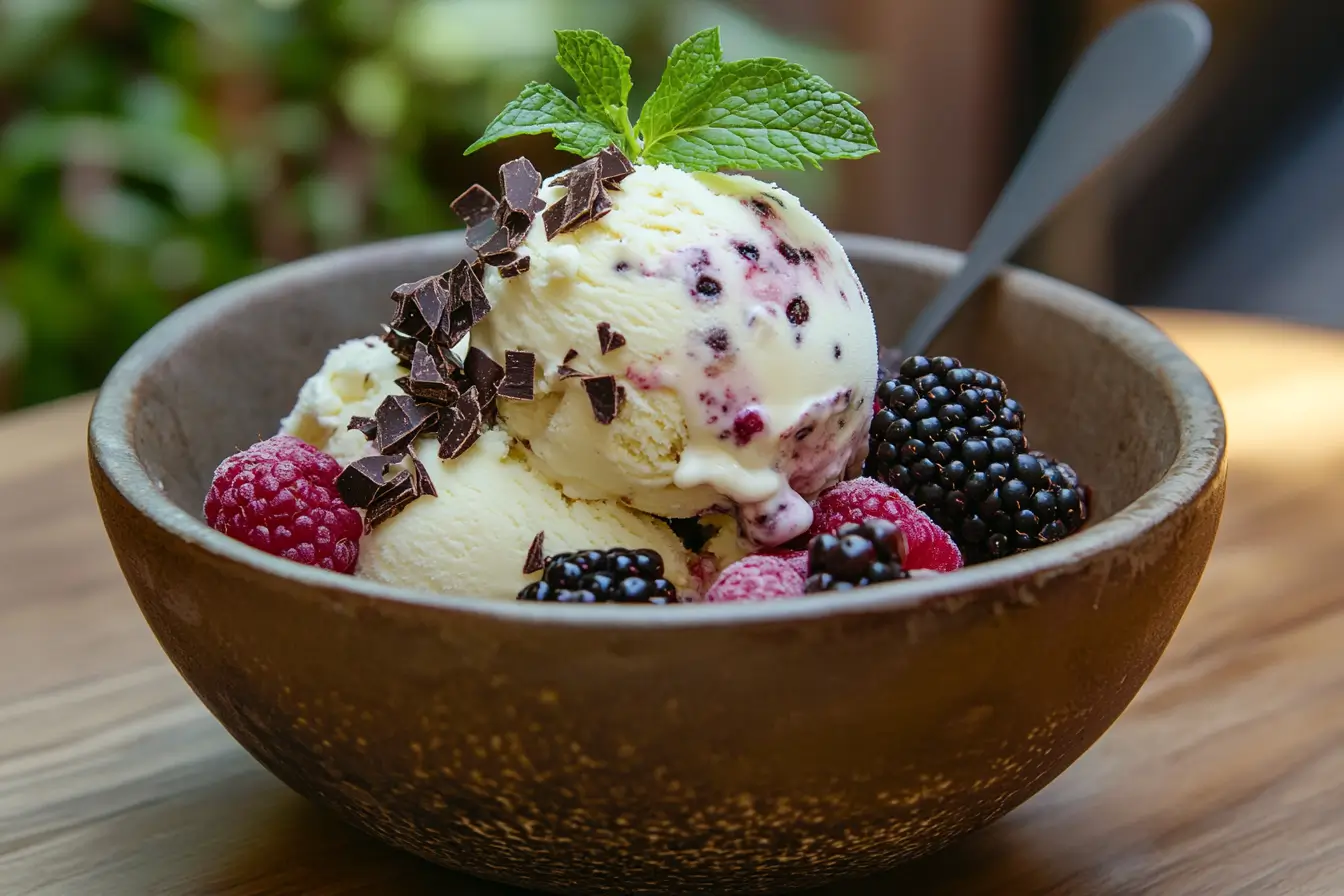Are you a cheesecake lover looking to try new flavors? The world of cheesecake varieties is vast, with options like baked, no-bake, and Japanese cotton cheesecake. Each type has its own special qualities that make it unique. Let’s dive into the three main types of cheesecake and see what makes them special.
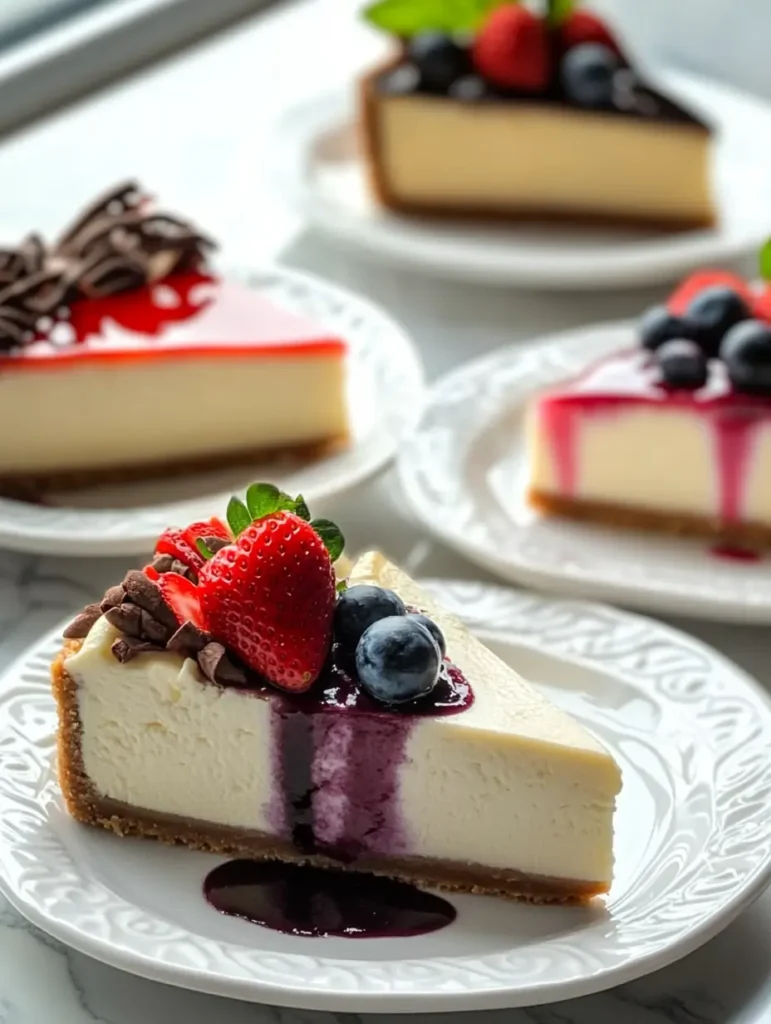
Understanding the Basics of Cheesecake Making
Making a delicious cheesecake needs the right mix of ingredients, tools, and techniques. Whether you’re an experienced baker or new to the kitchen, learning the basics is crucial. It helps you make desserts that always turn out great.
Essential Ingredients for Perfect Cheesecake
A classic cheesecake starts with cream cheese, eggs, and sugar. These ingredients blend together to create a creamy texture. Adding things like graham cracker crusts, sour cream, and flavorings can make it even better.
Tools and Equipment You’ll Need
- Springform pan: This special pan is key for baking cheesecakes. It lets you remove the cheesecake without breaking it.
- Electric mixer or stand mixer: These mixers make the batter smooth and lump-free.
- Mixing bowls: You need sturdy, heat-resistant bowls for mixing the ingredients.
- Offset spatula: This tool is great for spreading the batter and taking the cheesecake out of the pan.
Common Cheesecake Techniques
- Water bath (bain-marie): Baking in a water bath keeps the cheesecake moist and prevents cracks.
- Proper mixing: Mix the ingredients gently to keep the batter’s structure intact.
- Gradual cooling: Cooling the cake slowly helps it stay smooth and creamy.
Knowing the right cheesecake ingredients, cheesecake tools, and cheesecake techniques is key. With these basics, you’ll be making perfect cheesecakes every time.
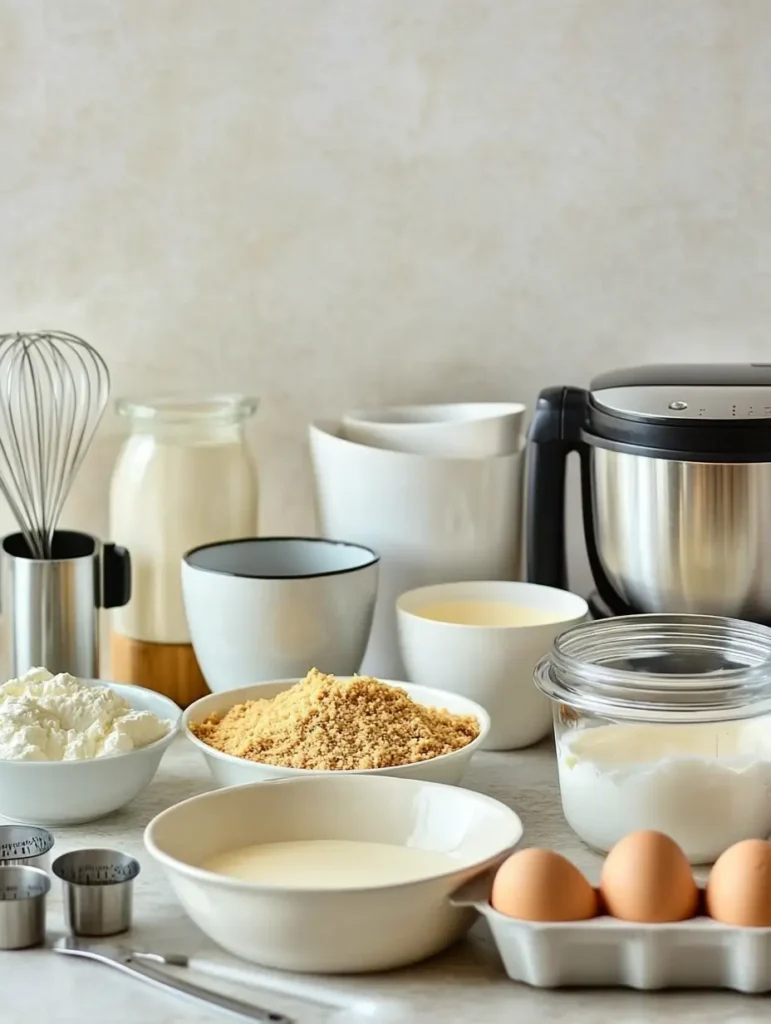
What are the three types of cheesecake?
There are three main types of cheesecake: classic baked, no-bake, and Japanese cotton. Each has its own special features and ways of making it. They cater to different tastes and preferences.
Classic Baked Cheesecake
The classic baked type is the most famous. It’s known for its dense, creamy texture. This comes from baking it carefully, making the filling just right.
The crust, often made from graham crackers or cookies, holds the filling in place. It’s a rich and decadent treat.
No-Bake Cheesecake
No-bake type are quick and easy to make. They don’t need baking. Instead, they use cream cheese, heavy cream, and gelatin to set.
These cheesecakes are cool and refreshing. They’re great because they’re simple to make and can be flavored in many ways.
Japanese Cotton Cheesecake
The Japanese cotton type is a special treat from Japan. It’s light and fluffy, thanks to whipped egg whites and careful baking.
It has a less dense filling than the classic version. This makes it a unique and delicate dessert.
No matter which type you like, each cheesecake has its own charm. Exploring these varieties can lead to new culinary adventures. You’ll find the perfect dessert to satisfy your sweet tooth.
Classic Baked Cheesecake: The Traditional Favorite
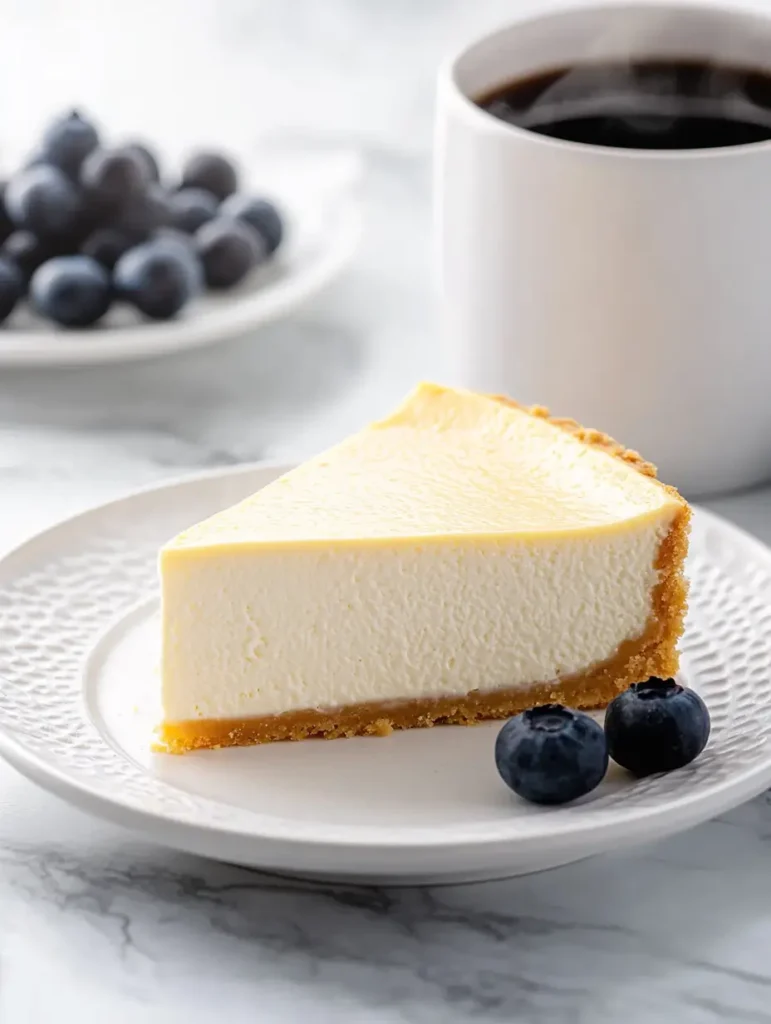
If you love classic cheesecake or the famous New York-style baked cheesecake, you’re in for a treat. These desserts are incredibly indulgent. With the right techniques, you can make them perfectly at home.
Key Characteristics of Baked Cheesecake
Baked ones are known for their rich, velvety texture. They are dense and creamy. The secret is in blending the ingredients well and baking them in the oven.
A classic baked cheesecake should have a smooth surface. It should also have a slight jiggle in the center when shaken.
Temperature and Timing Tips
Getting the baking temperature and timing right is key for a perfect cheesecake. The ideal oven temperature is between 325°F and 350°F. The baking time can range from 45 minutes to an hour, depending on the size.
It’s important to watch the cheesecake closely. Avoid overbaking, as it can cause cracks and a dry texture.
Preventing Cracks and Common Issues
- Use a water bath (bain-marie) to create a humid oven environment, which can help prevent cracks.
- Avoid sudden temperature changes, such as opening the oven door frequently, as this can also contribute to cracking.
- Be mindful of over-mixing the batter, as this can incorporate too much air and lead to undesirable results.
- Allow the cheesecake to cool gradually, either in the oven with the door slightly ajar or on a wire rack, to prevent shrinkage and cracking.
By following these tips and techniques, you can enjoy the classic, creamy goodness of a perfectly baked cheesecake. Whether it’s the traditional New York-style or your own homemade version, you’ll love it.
No-Bake Cheesecake: The Easy Alternative
Craving cheesecake but don’t want to bake? No-bake cheesecake is your answer. It’s light, airy, and sets in the fridge, making it easy to make.
No-bake cheesecake is super simple. You don’t need to bake it. Just mix the ingredients, pour into a crust, and chill in the fridge.
It comes in many flavors like vanilla, chocolate, and strawberry. You can also try different crusts like graham cracker or oreo for a gluten-free option.
No-bake cheesecake is perfect for when you’re short on time or don’t have an oven. It’s easy to make and offers endless flavor options. That’s why it’s a favorite for easy cheesecake recipes.
Japanese Cotton Cheesecake: The Light and Fluffy Version
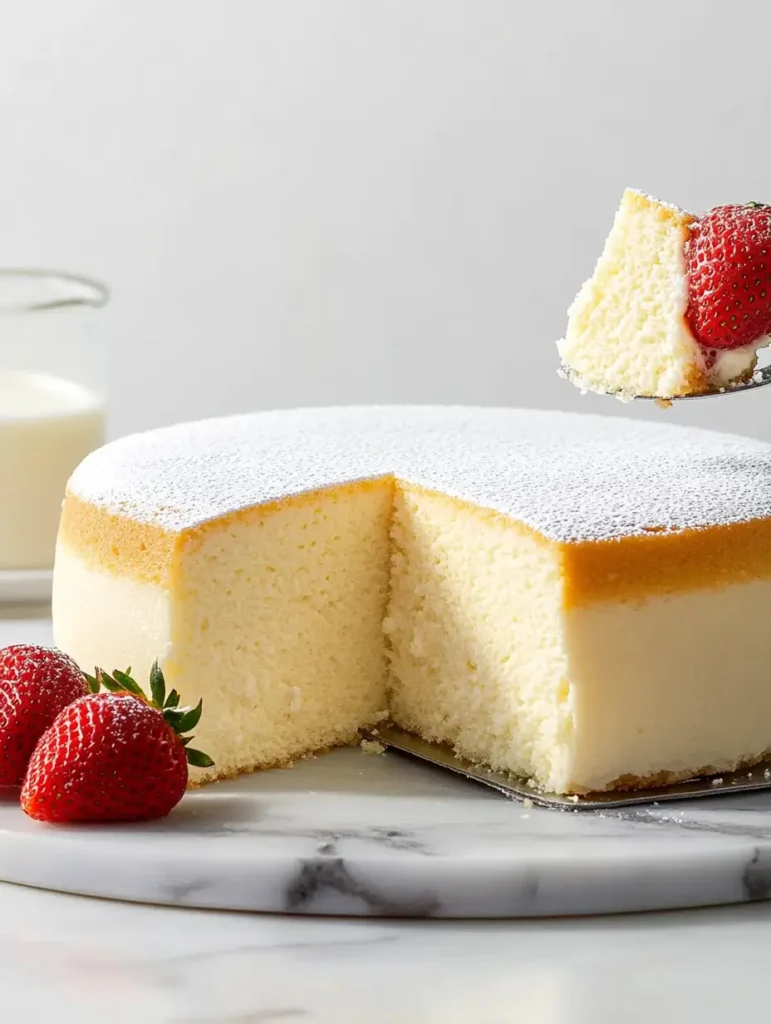
In the world of cheesecakes, a special version has won many hearts – the Japanese cotton cheesecake. It’s light and airy, unlike the dense, traditional cheesecakes. This makes it a favorite for those who love a softer, cloud-like texture.
Special Ingredients for Japanese Cheesecake
The secret to the Japanese cotton cheesecake’s lightness is its special ingredients. It uses cake flour and lots of whipped egg whites. This makes it fluffy and meringue-like. The cream cheese is balanced by these ingredients, creating a dessert that’s both rich and light.
Unique Preparation Methods
- Careful folding of the egg whites into the cream cheese mixture to maintain the airy structure
- Baking the cheesecake in a water bath to ensure even cooking and prevent cracking
- Gentle cooling and chilling to allow the cheesecake to set without losing its delicate texture
These careful steps are key to the Japanese cotton cheesecake’s light texture. It’s a heavenly dessert that melts in your mouth. You’ll want to have another bite.
Popular Cheesecake Variations and Flavors
Cheesecake lovers can enjoy many tasty variations. From the rich chocolate cheesecake to the refreshing strawberry cheesecake, and even the gluten-free cheesecake, there’s something for everyone.
The chocolate dessert is a favorite. It mixes creamy cheesecake with chocolate’s deep flavor. Chocolate can be swirled in or layered on top, making it incredibly rich.
The strawberry treat is also a hit. It combines tart strawberries with sweet cheesecake. The vibrant red color and juicy flavor make it a treat for the senses.
The gluten-free variation is great for those who need a healthier option. It uses special flours or crusts, keeping it creamy and delicious without gluten.
These are just a few of the many cheesecake variations. Whether you love chocolate, strawberry, or gluten-free, there’s a cheesecake for you. It’s sure to satisfy your sweet tooth.
Tips for Achieving the Perfect Cheesecake Texture
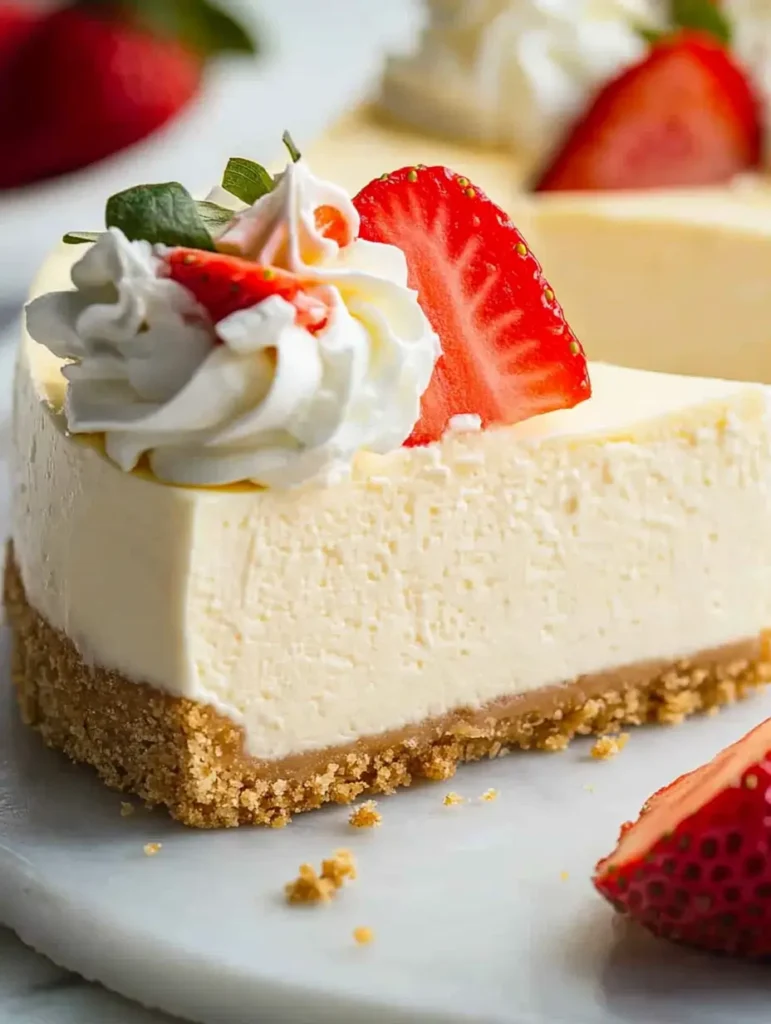
Making a cheesecake with a heavenly texture is every baker’s dream. Whether you’re making a classic baked cheesecake, a no-bake delight, or a light Japanese variety, mastering certain techniques is key. These will help you achieve the perfect cheesecake texture every time.
Water Bath Techniques
The water bath, or bain-marie, method is a game-changer for baked cheesecakes. Cooking the cheesecake in a water-filled pan helps control the oven temperature. This prevents a cracked surface and ensures a smooth, creamy texture.
Mixing and Folding Methods
Properly mixing and folding the cheesecake batter is crucial. Overmixing can make the cheesecake dense and heavy. Undermixing can make it grainy and uneven. Learning to fold gently and incorporate air is essential.
Cooling and Setting Guidelines
The cooling and setting process is the final step to perfect cheesecake texture. Cooling the cheesecake slowly in the oven before refrigeration prevents cracking. It also ensures a smooth, creamy consistency. Proper chilling time is vital for the cheesecake to set and develop its signature texture.
By following these expert tips, you’ll be on your way to baking the most divine cheesecakes. They will impress everyone who tries them.
Storage and Serving Recommendations
Storing and serving your cheesecake right is key to keeping its flavor and texture perfect. Here are some tips to help you keep your cheesecake in great shape.
Storage:
For a fresh cheesecake, store it in the fridge. Wrap it tightly in plastic wrap or use an airtight container. This keeps it moist and prevents bad flavors. Cheesecake stays fresh for up to 5 days in the fridge.
If you want to keep it longer, freeze it. Wrap it in plastic wrap or foil, then freeze. Frozen cheesecake lasts 2-3 months. Thaw it in the fridge overnight before serving.
Serving:
- Let the cake come to room temperature before serving for the best taste and texture.
- Enhance the look and taste with fresh berries, caramel or chocolate sauce, or whipped cream.
- Use a sharp knife to slice the cheesecake. Clean the knife between cuts for smooth slices.
By following these easy tips, your cheesecake will be a hit with your guests. They’ll love every bite.
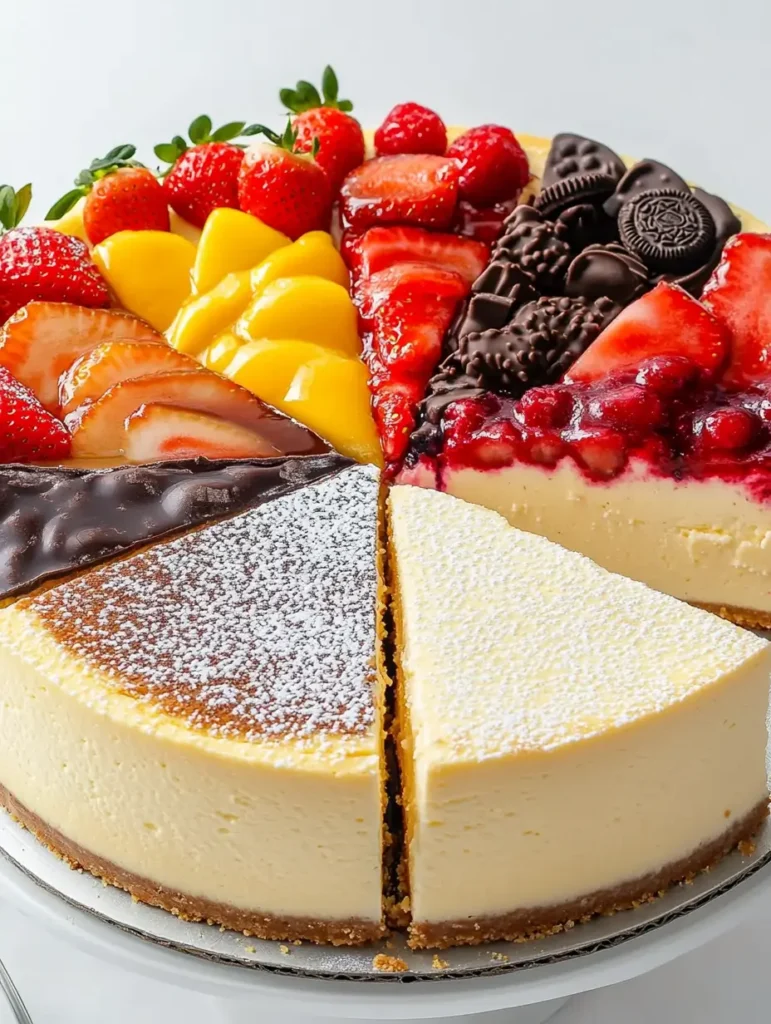
Conclusion
You’ve explored the world of cheesecake and found three main types. These are classic baked, no-bake, and Japanese cotton. Each has its own texture, taste, and way of making it. They appeal to many different tastes.
Cheesecake brings happiness and satisfaction to those who enjoy it. So, go ahead and try your favorite one. Don’t be shy to try new cheesecake varieties that might amaze you. Enjoy the journey and let the types of cheesecake you try become special to you.
FAQ
What are the three types of cheesecake?
There are three main types of cheesecake. These are classic baked, no-bake, and Japanese cotton cheesecake. Each type has its own special features and ways of making it.
What are the key differences between classic baked and no-bake type?
Classic baked cheesecake is dense and creamy. It’s baked in the oven. No-bake cheesecake is lighter and airier. It’s set in the fridge without baking.
How is Japanese cotton cheesecake different from other types?
Japanese cotton cheesecake is very light and fluffy. It uses special ingredients like cake flour and meringue. It also has unique ways of making it.
What are some popular cheesecake flavor variations?
Popular cheesecake flavors include strawberry, chocolate, and gluten-free. Bakers try new ingredients and toppings to make unique tastes.
How can I prevent cracks in my baked cheesecake?
To avoid cracks, control the oven temperature well. Use a water bath while baking. Don’t overmix the batter. Cooling it slowly also helps.
How should I store and serve cake?
Store it in the fridge, whole or in slices. Let it come to room temperature for 30 minutes before serving. Enjoy it with fresh fruit, whipped cream, or other toppings.


